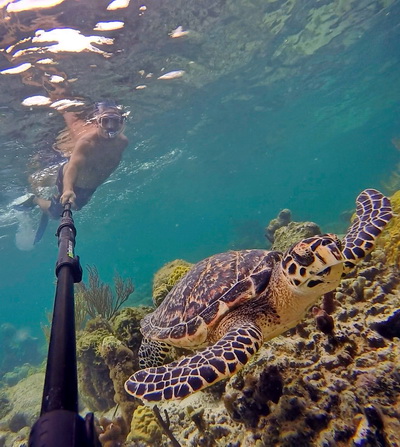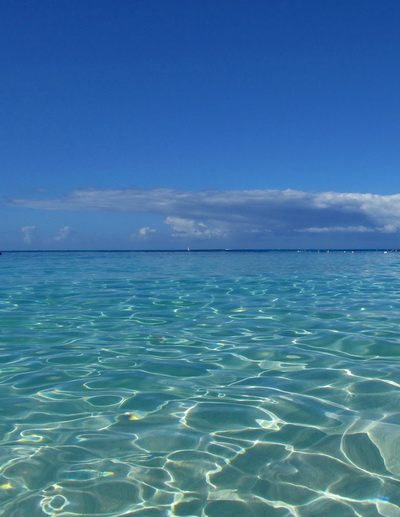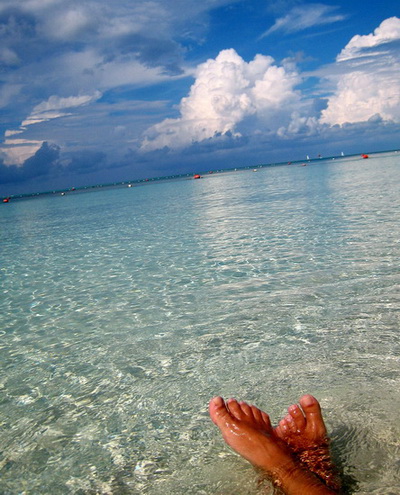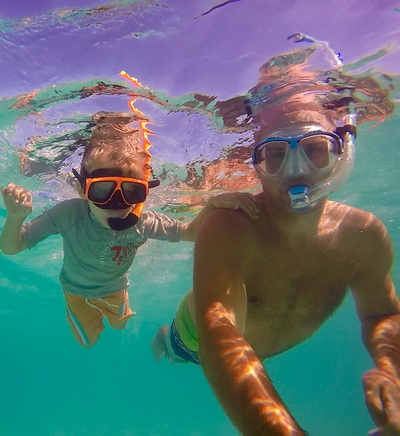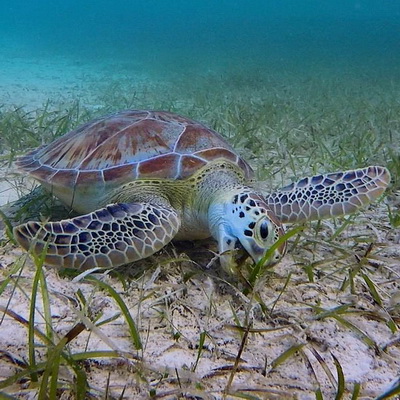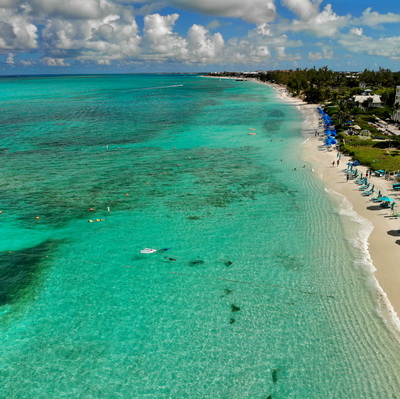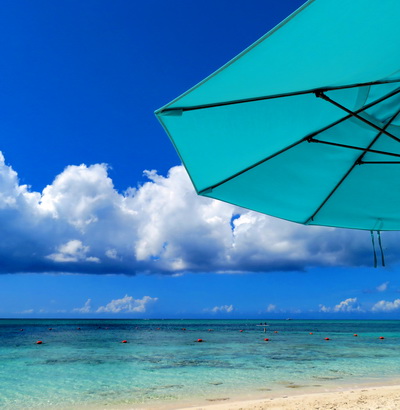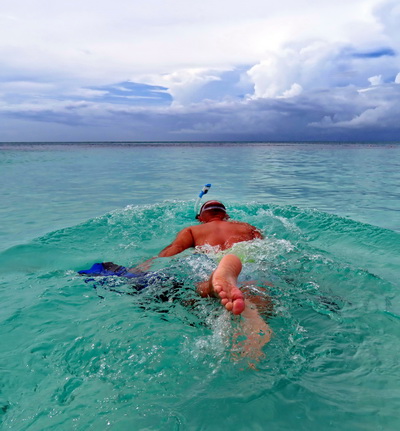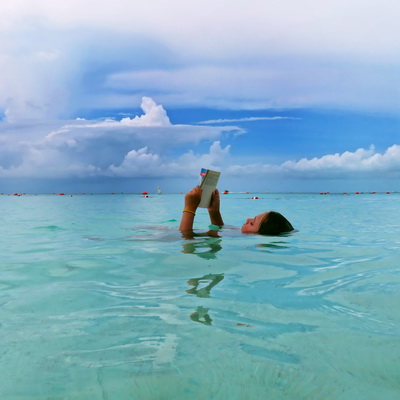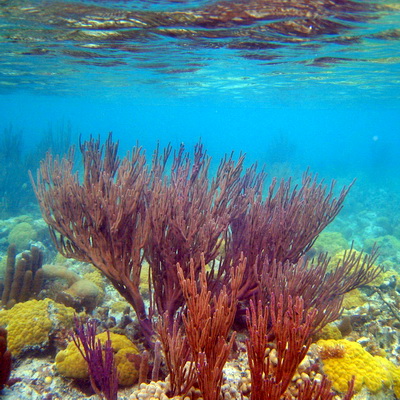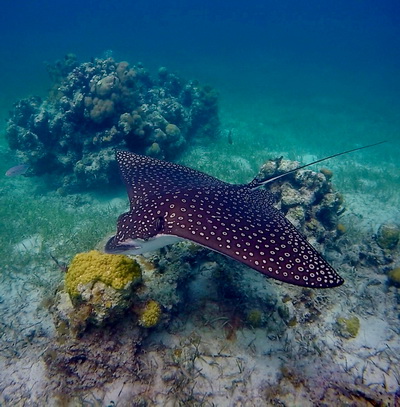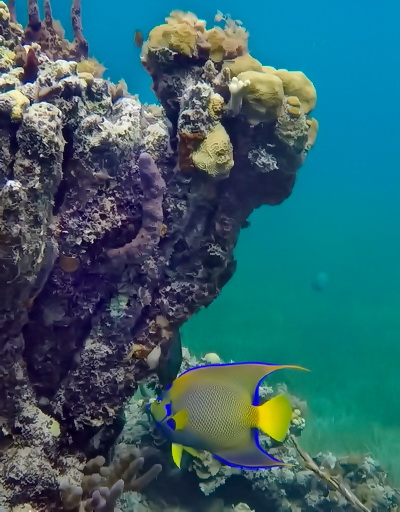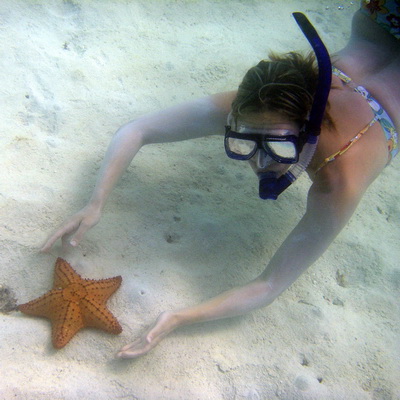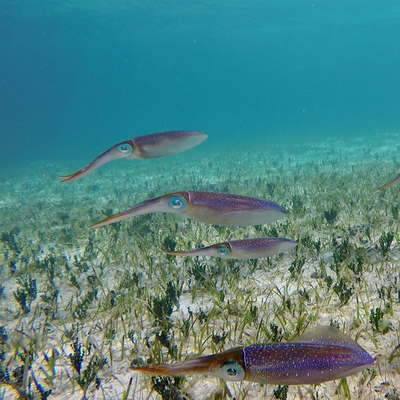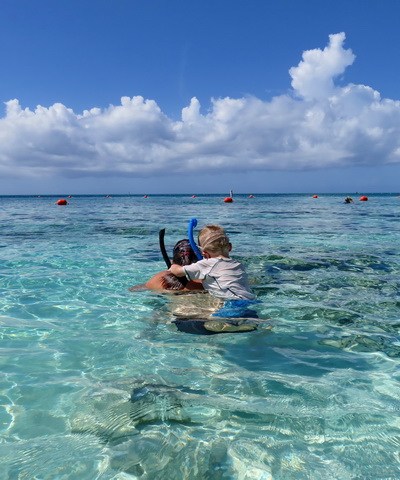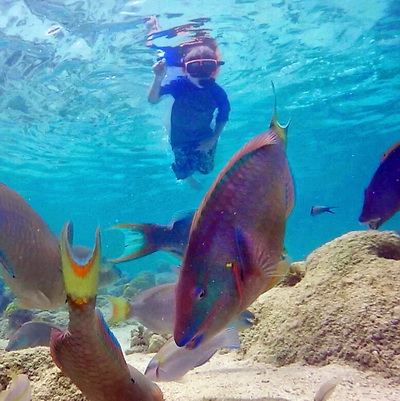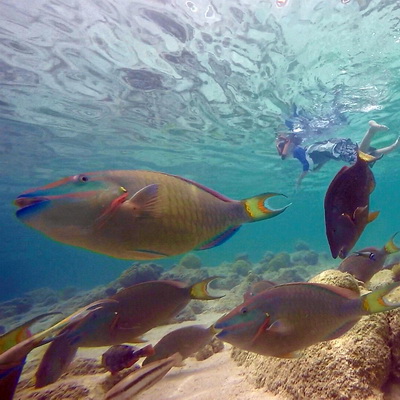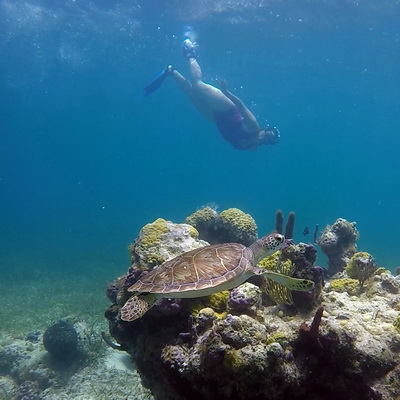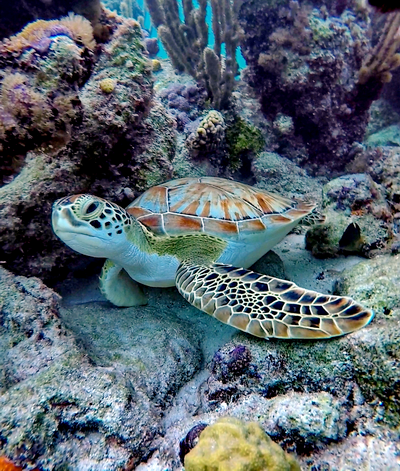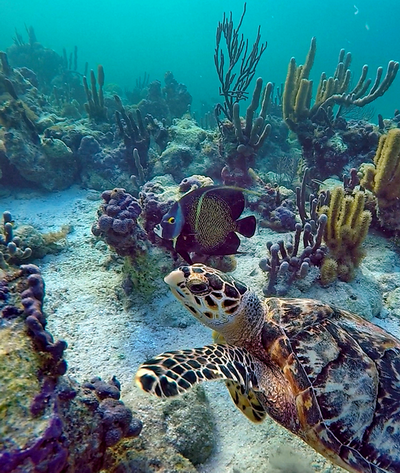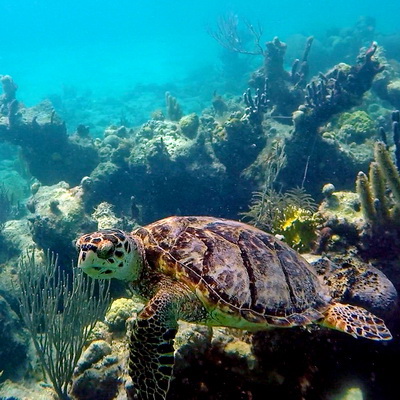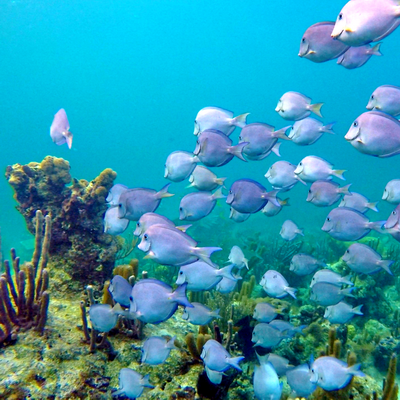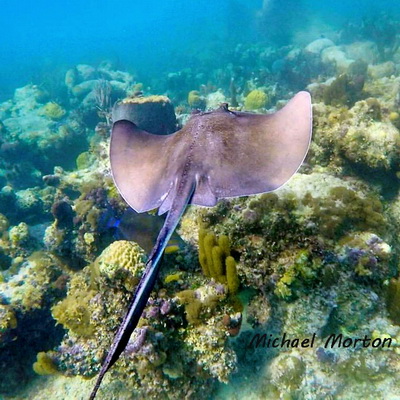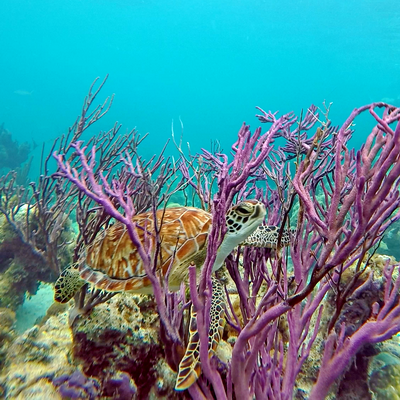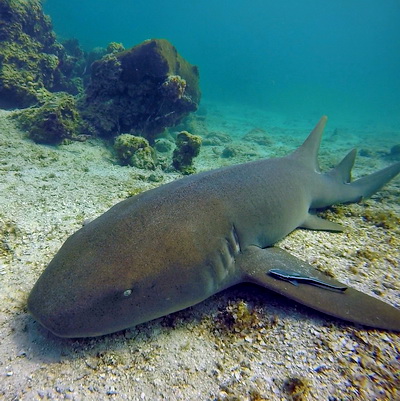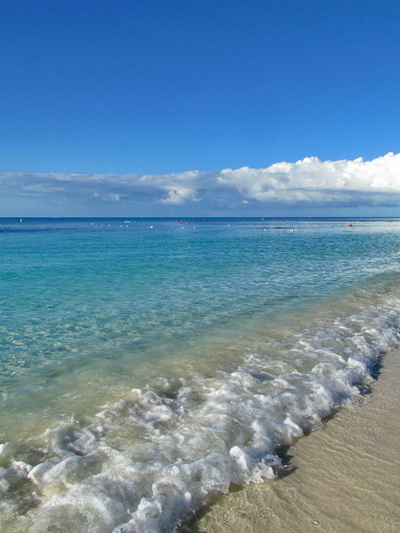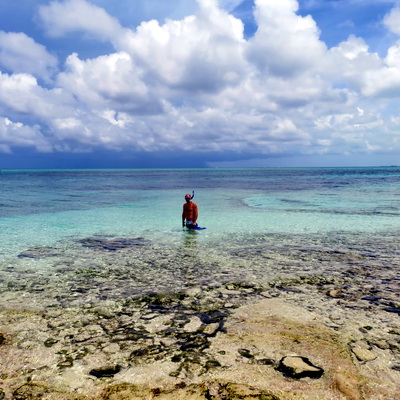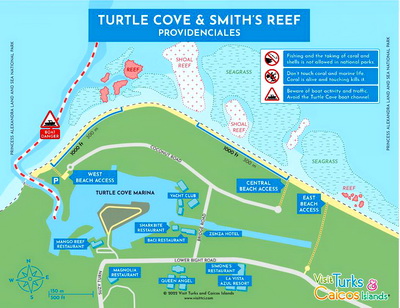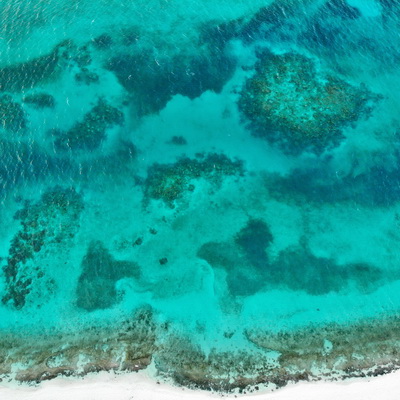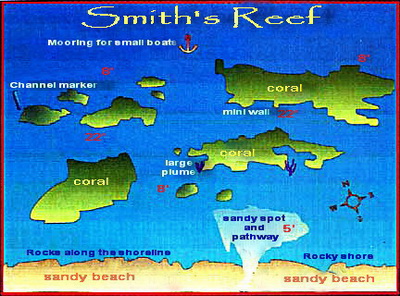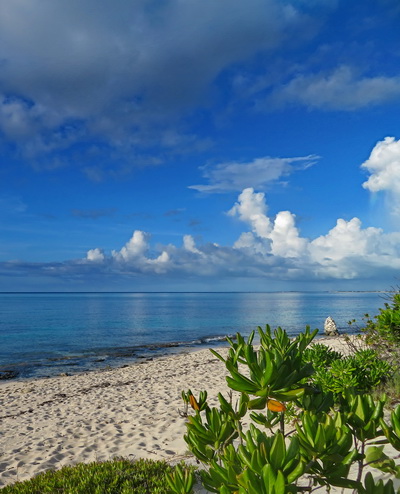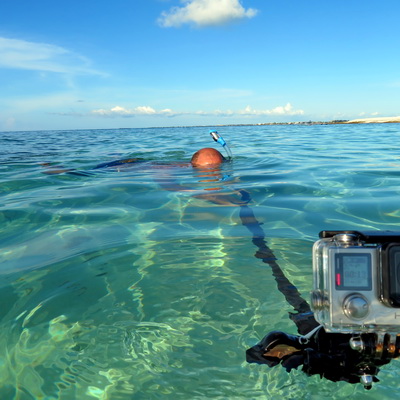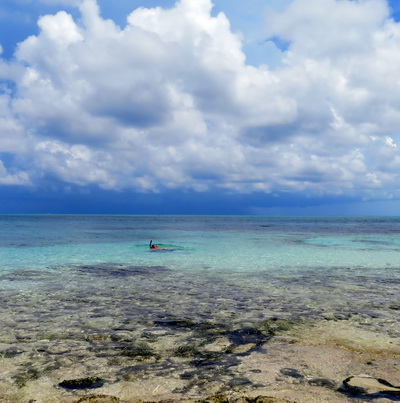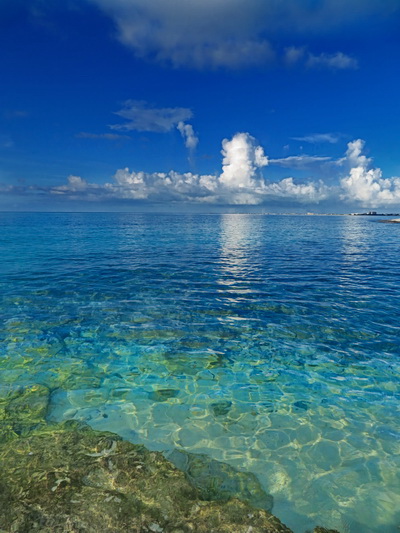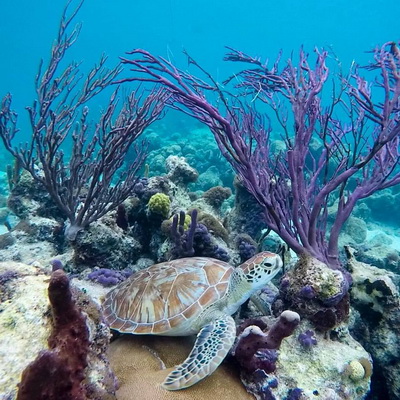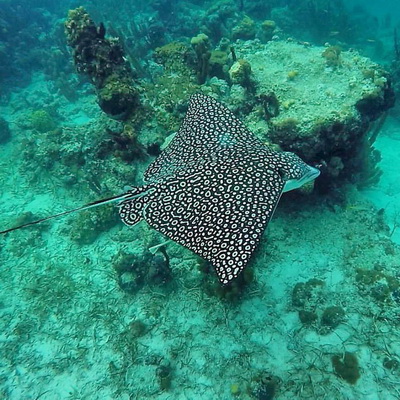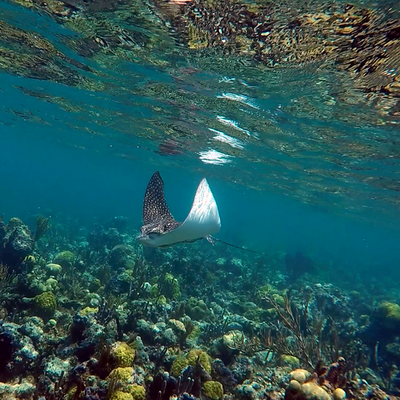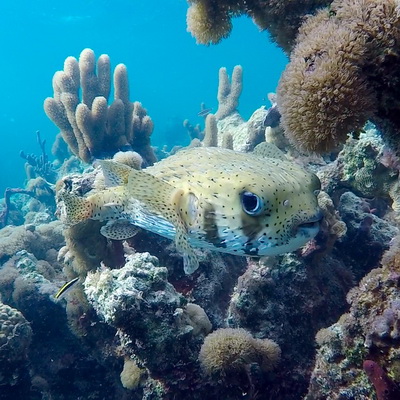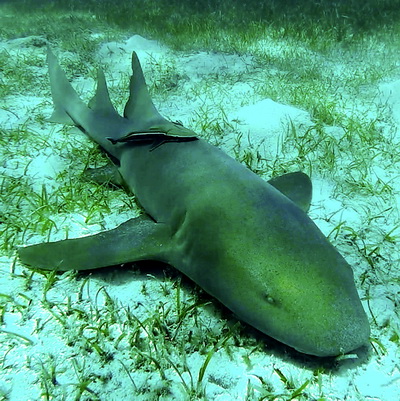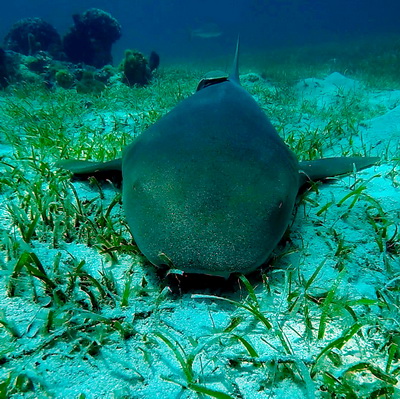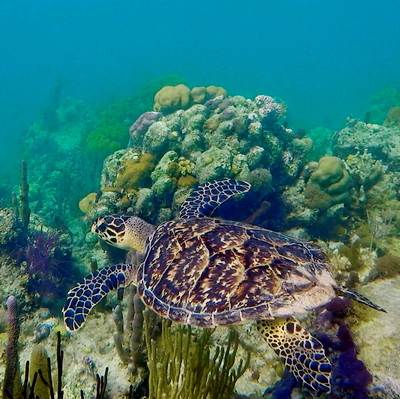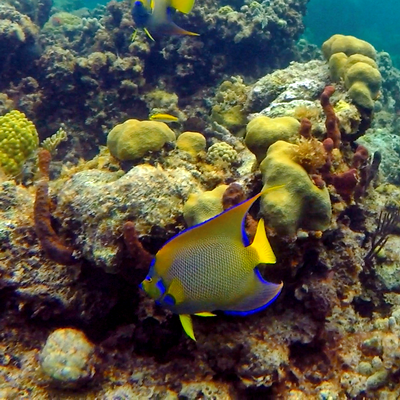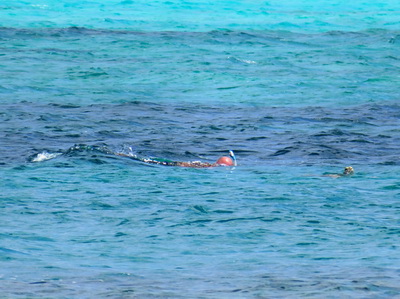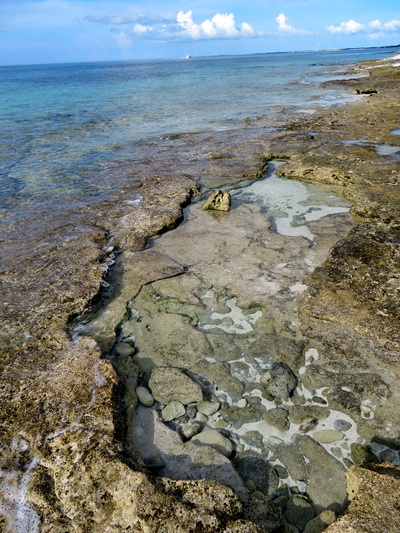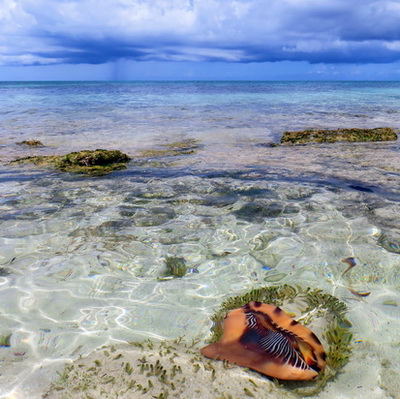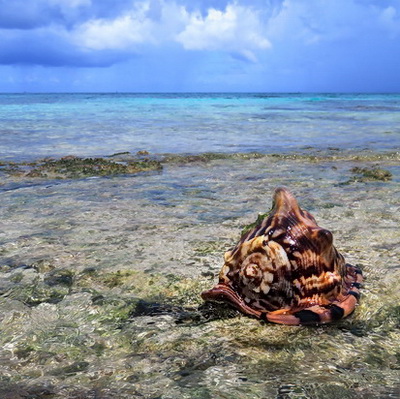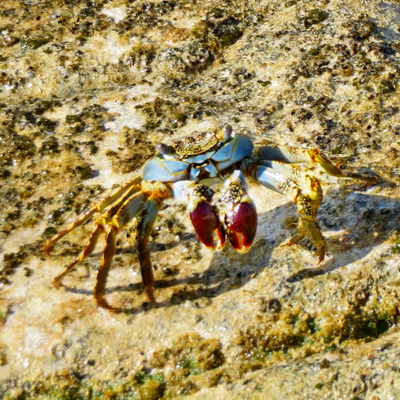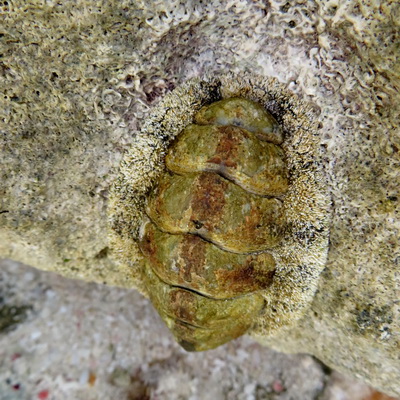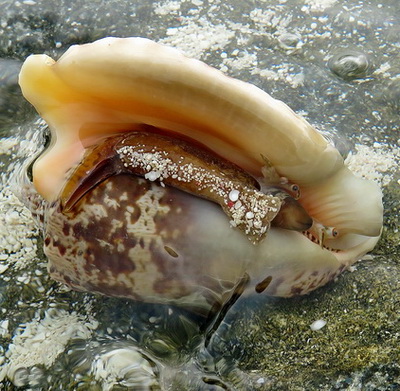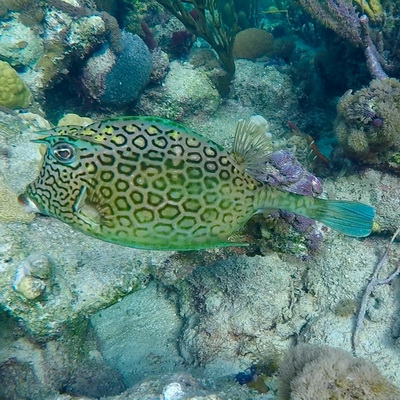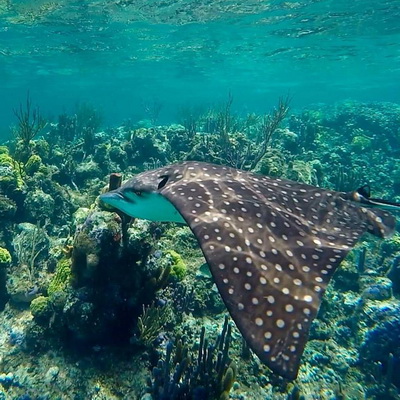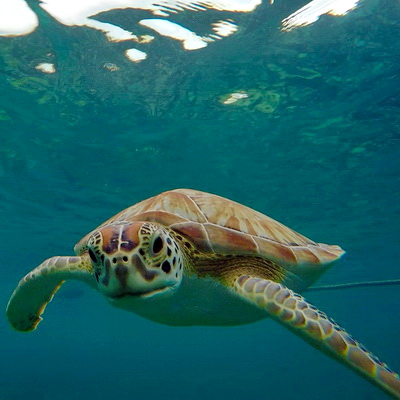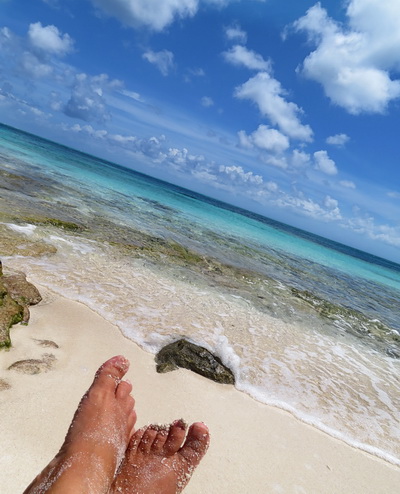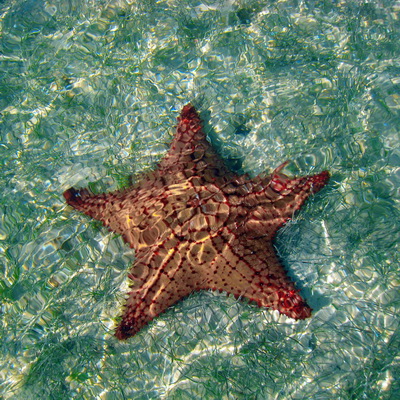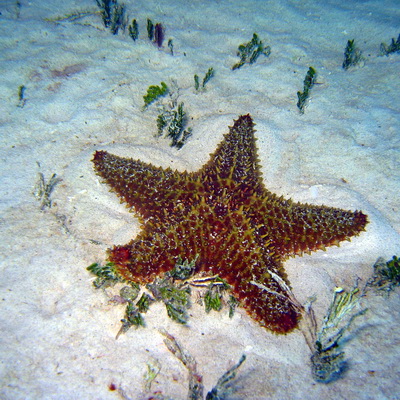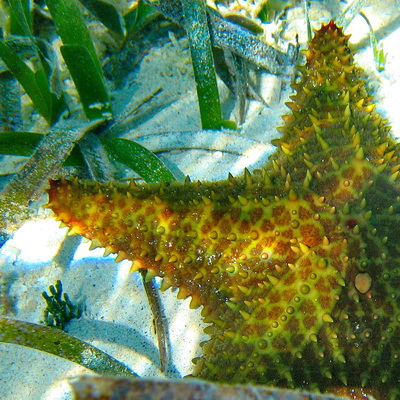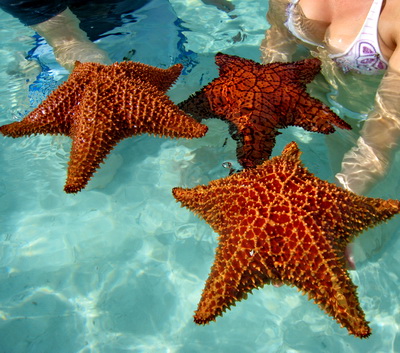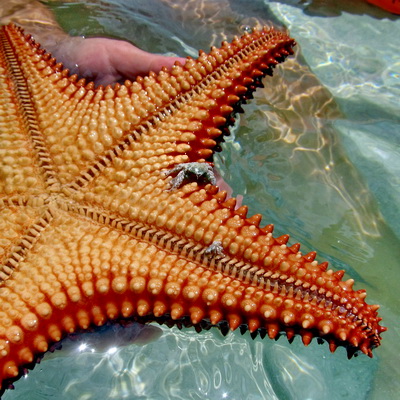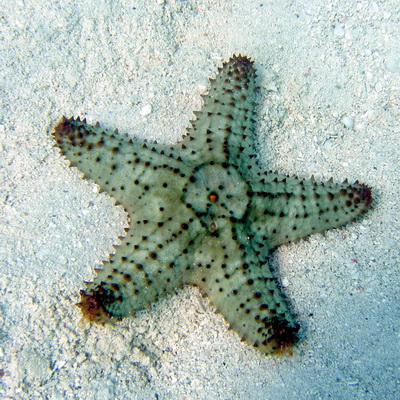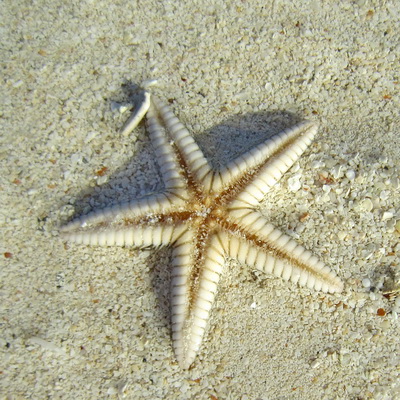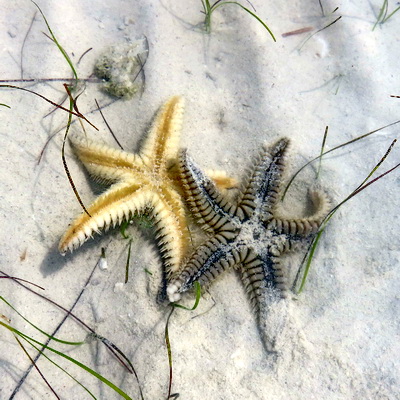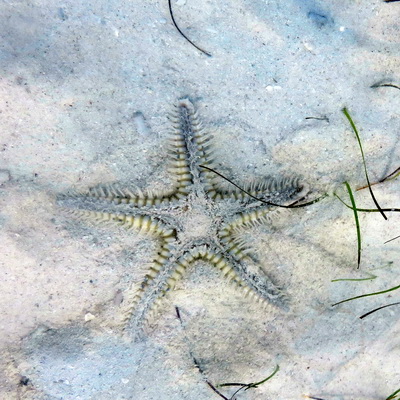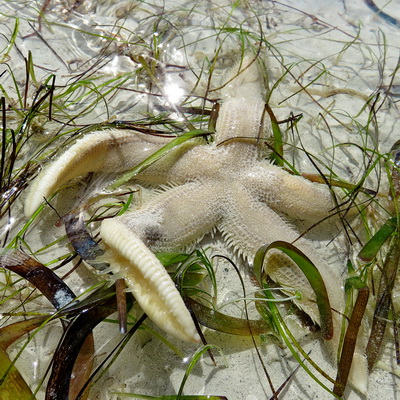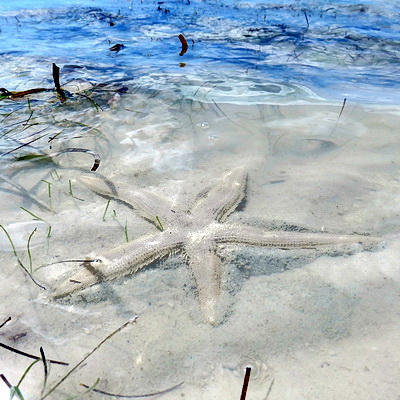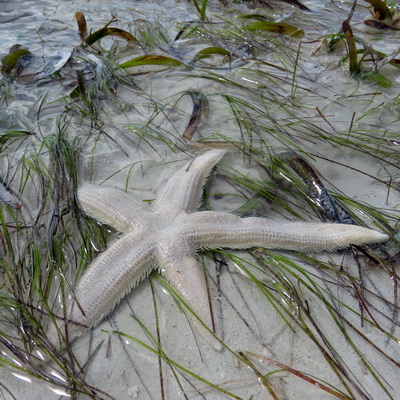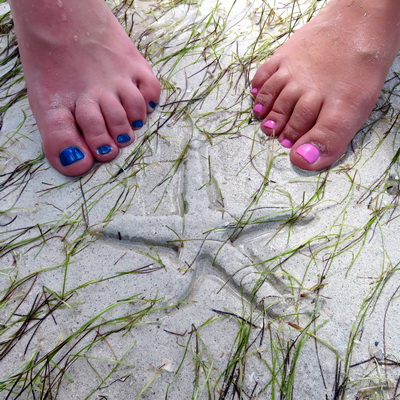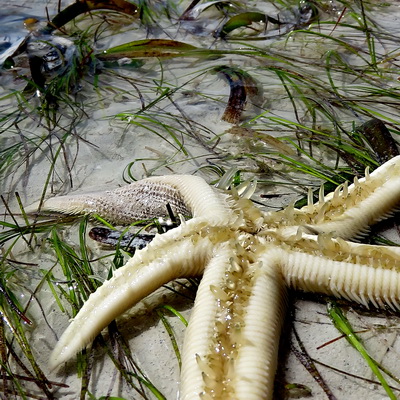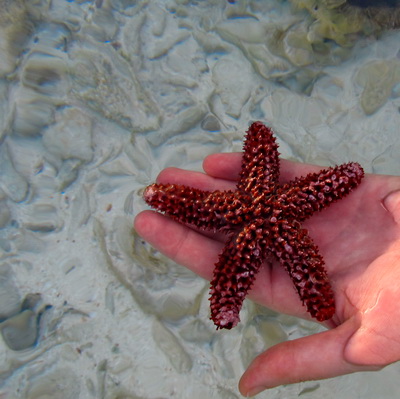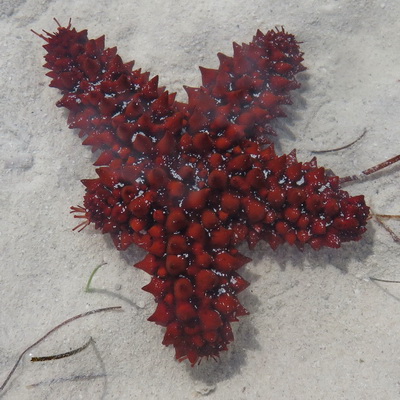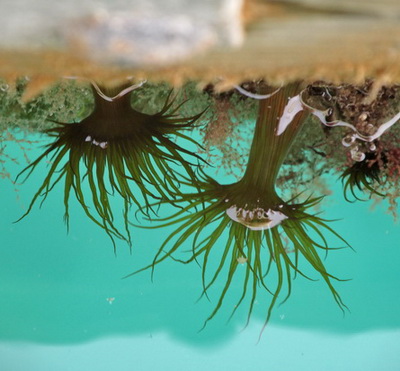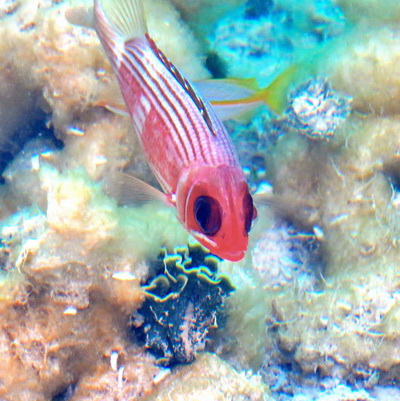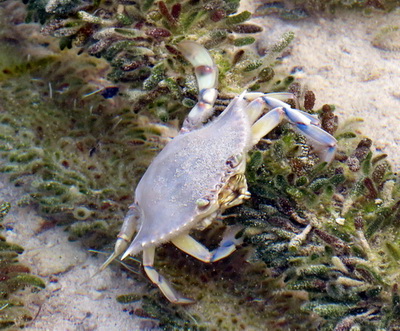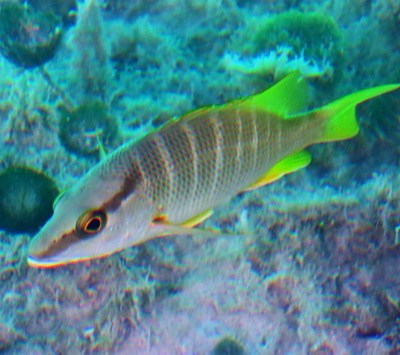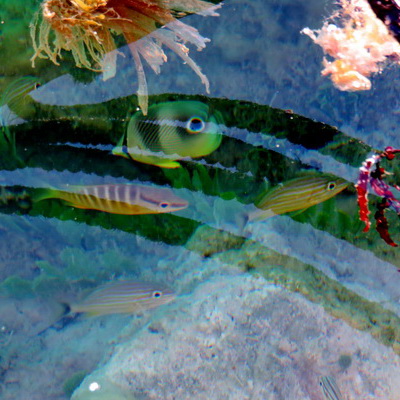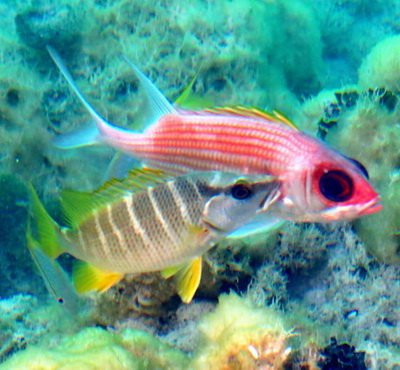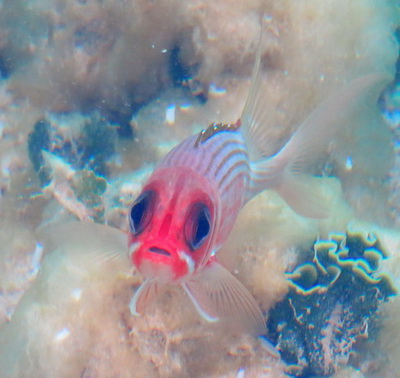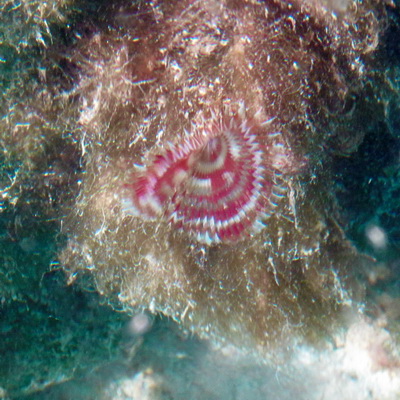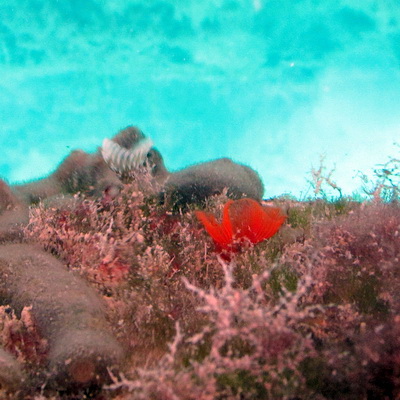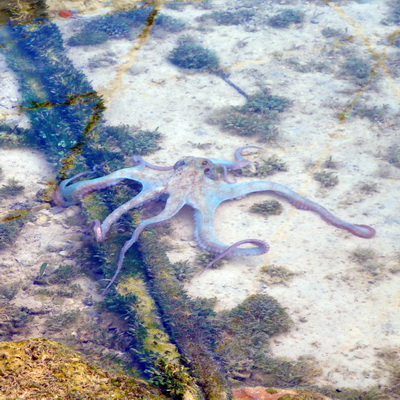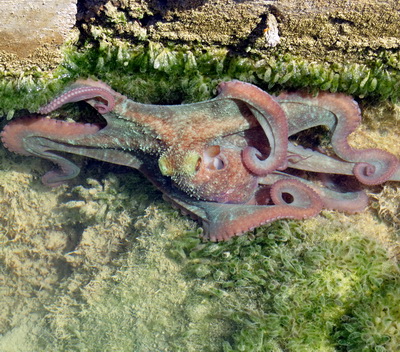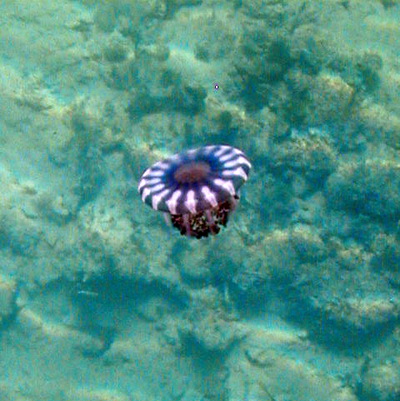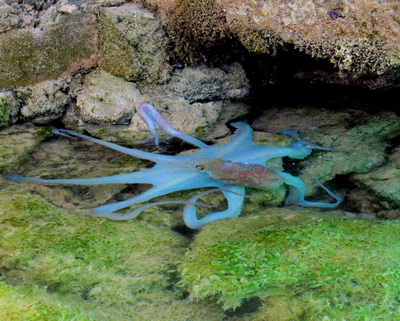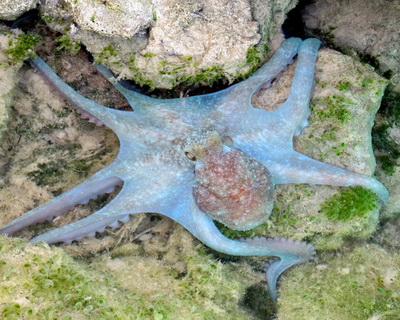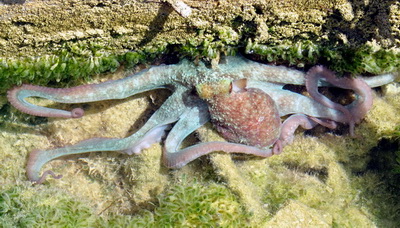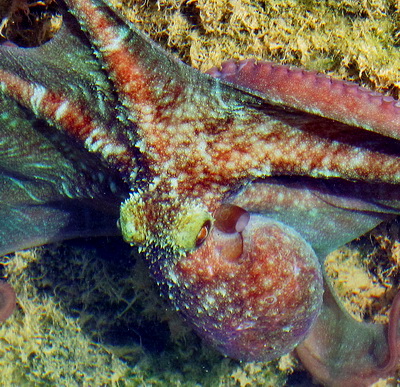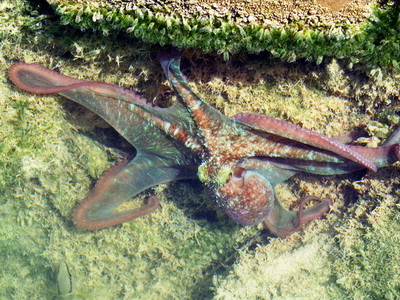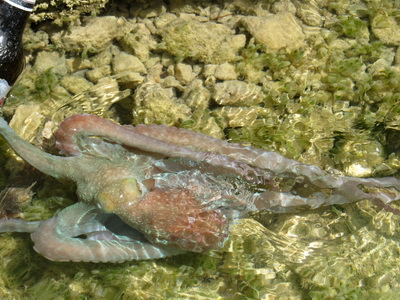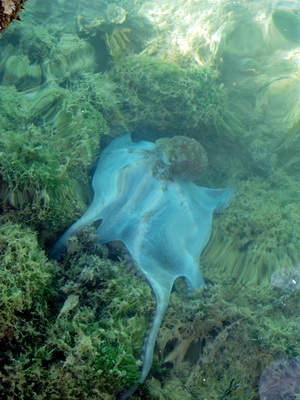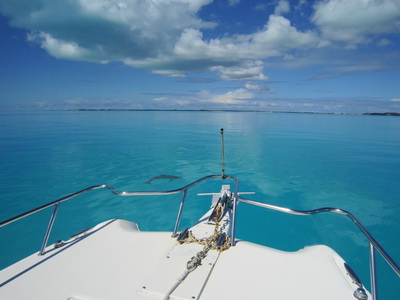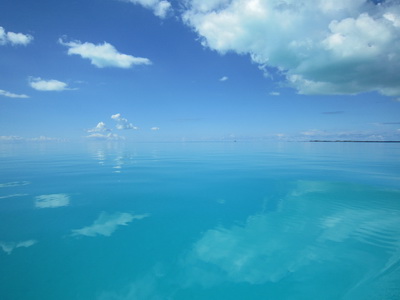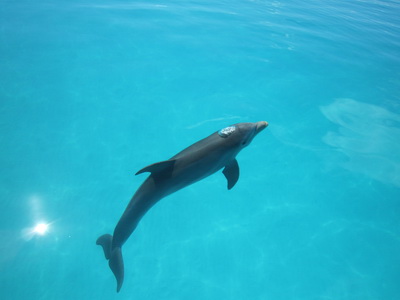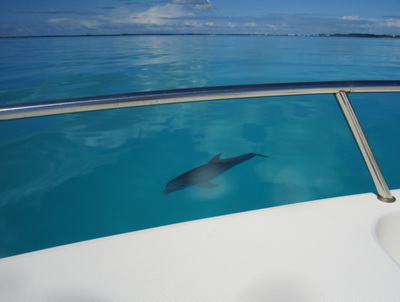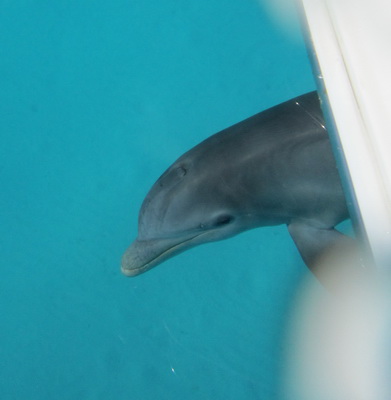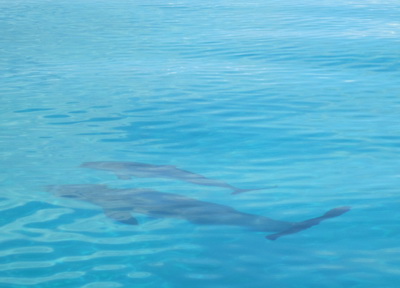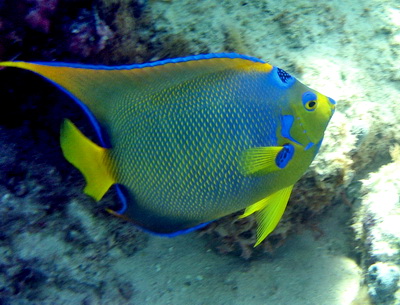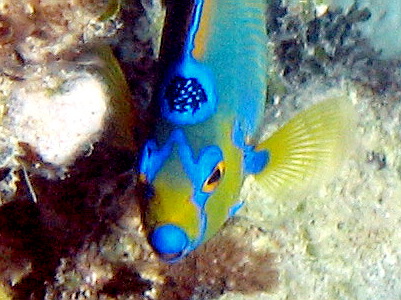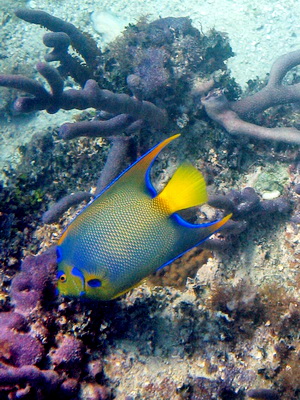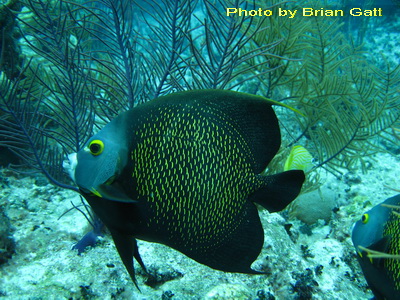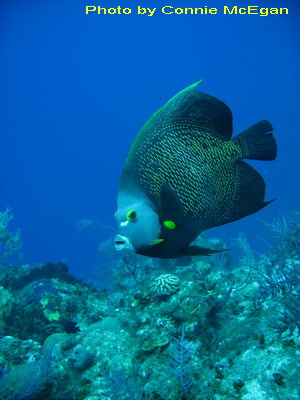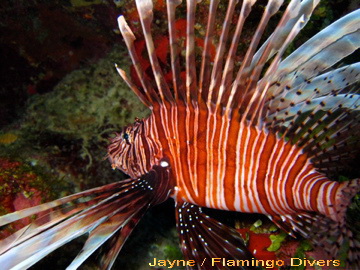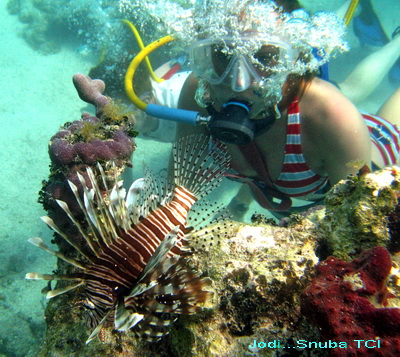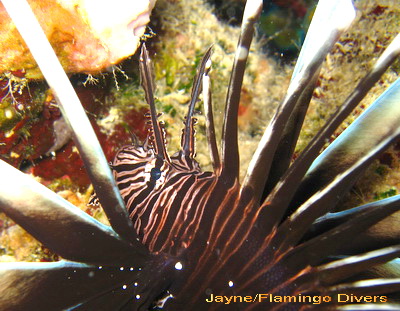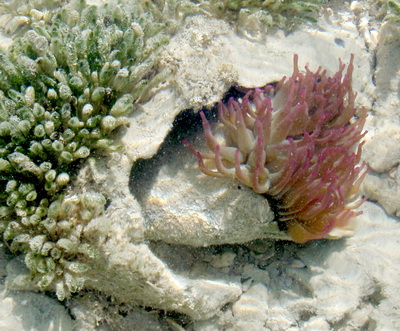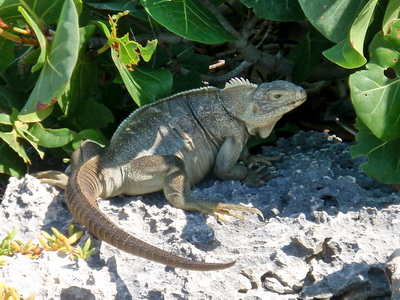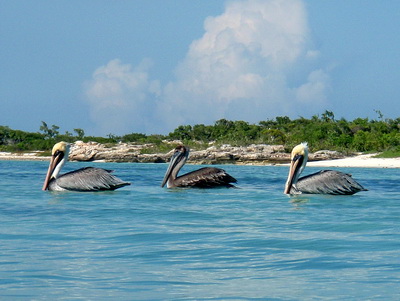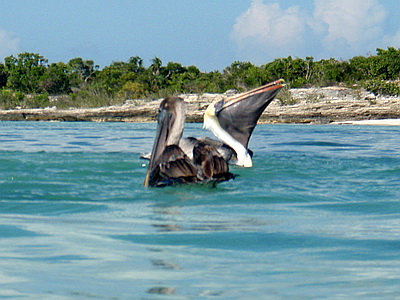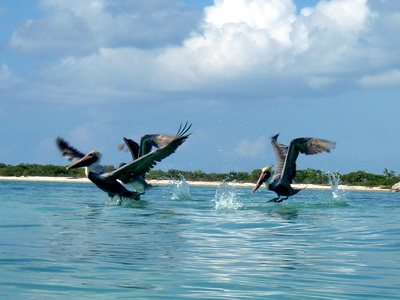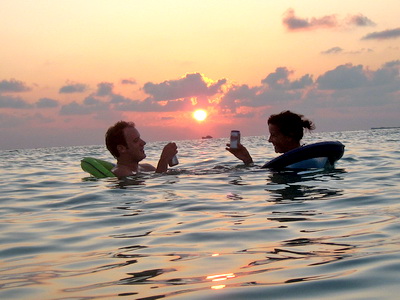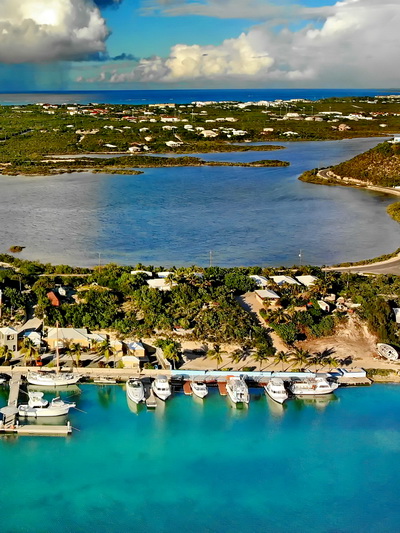
The MARINA at Harbour Club Villas is home to two top notch dive companies. This makes for a very convenient, few minutes walk for our diving guests. If you are diving with Aqua TCI and Flamingo Divers you’re just a short easy walk away from your dive boat!
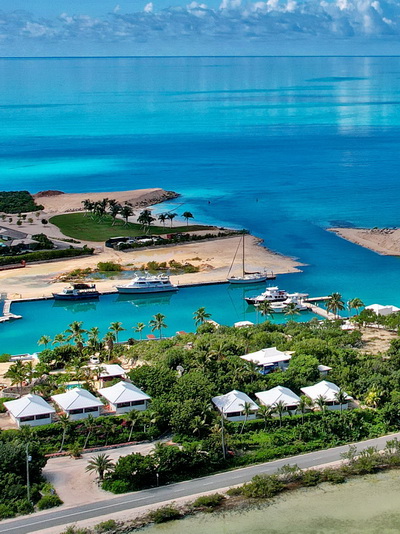
Harbour Club’s six villas provide the best in dive accommodation on Providenciales. One bedroom villas fully equipped with kitchen, large living area and with pool and gazebo. These stand alone villas are just made for a great diving vacation for couples, families as well as small dive groups. Just a short walk takes you to the docks and dive excursions.
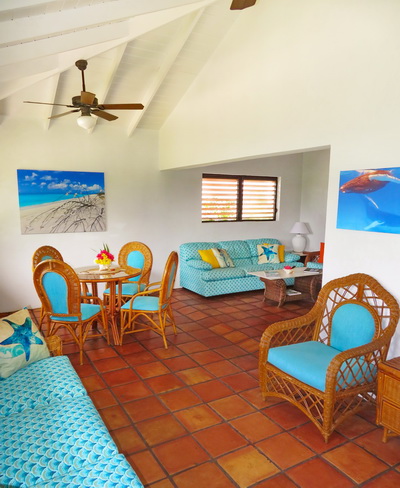
The Turks and Caicos Islands have some of the most spectacular reefs and diving. We are blessed with the second largest reef system in the Western Hemisphere and divers will be amazed at the numerous dive sites (some 90 sites)………North West Point, West Caicos, Sandbore Channel, French Cay and Grace Bay.
We have about 300 miles of barrier reef and in Provo with boat rides of up to 40 minutes or so from our dock. WOW, the visibility is easily in the range of 80 feet or more.
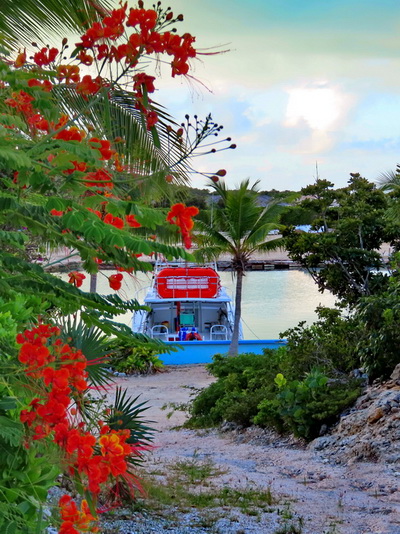
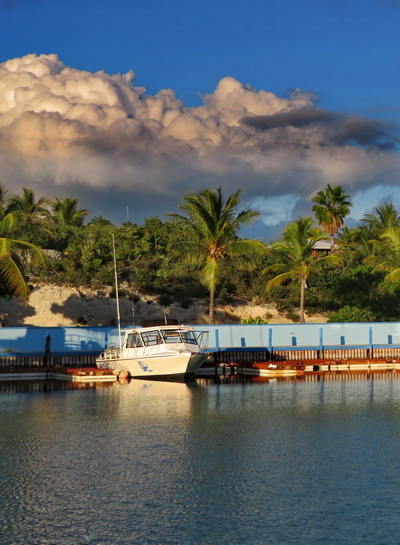
Aqua TCI is just down the hill and the photo shows our tiki hut peeking through the trees. A short walk further down the dock, you will find Flamingo Divers. They are within walking distance from our villas……….so how convenient is that!
You can be up and out the door, walk down to the dock and be on your dive boat within minutes.
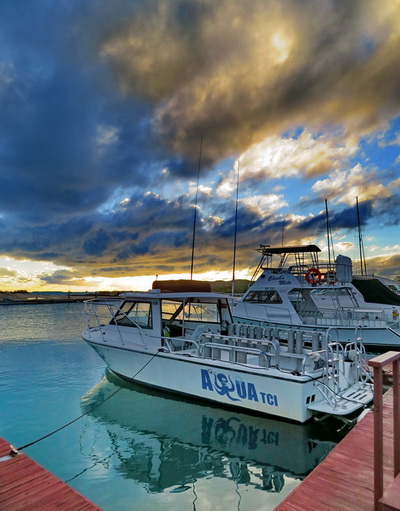
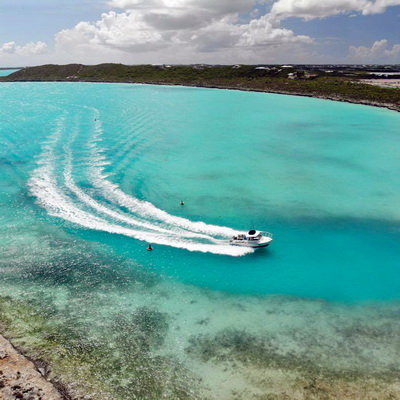
Harbour Club’s Marina is the eastern portion of South Side Marina where several dive operators moor their boats.

FLAMINGO DIVERS with Mickey and Jayne
“We love diving….we love people….so therefore we love taking people diving.” Between these two lovely people, they have over 52 years of professional diving experience!!
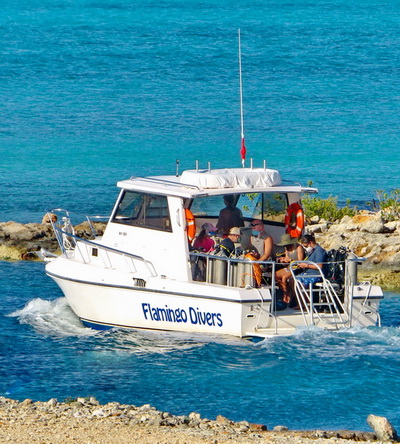
Mickey and Jayne are specialists in small group diving with never more than six divers.
Flamingo Divers provide “World Class, small group Scuba Diving At Your Fin Tips”.
A high percentage (some 83%) are returning divers and they tailor dive profiles to suit preferences and levels of experience so book early to save your space.
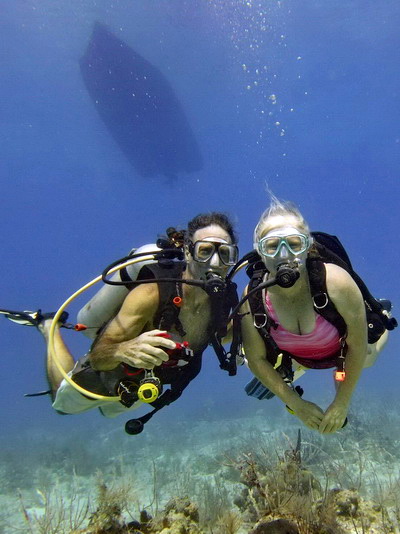
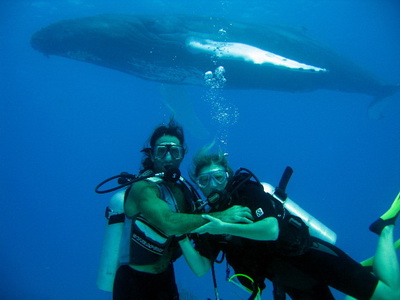
Jayne writes “Stairway to Heaven at West Caicos. Well….this site earned its name today! We spent 60 minutes hovering and watching this gentle giant hang in front of us, and drift up every 15 minutes for a breath of air, and promptly swim back to us again. When our air consumption finally dictated our ascent, we swam to the anchor line and slowly began ascending, only to look behind and watch him follow us! With us hanging at 15 ft. and him at about 20 ft. we simply stared at each other for another 3 minutes until, bitter sweetly so, we had to finish our dive.”
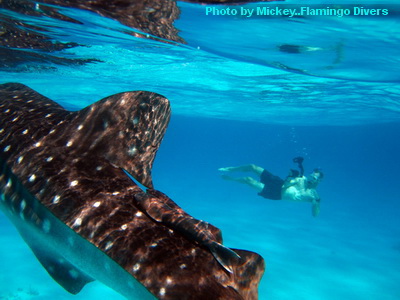
AQUA TCI with Bill and Stephanie

These two beautiful people have been diving for 20 years and their mantra is: “All that’s required from you is to relax, DIVE and chill!” They do all the work for you and all you have to do is ENJOY.
They guide no more than 8 certified divers per trip on custom dive boats seen below.
Chuck’s Mate dive boat gives guests options on a larger boat. It is a 36 foot Newton Dive special which will hold between 12 and 14 divers but capable of taking on a few more.
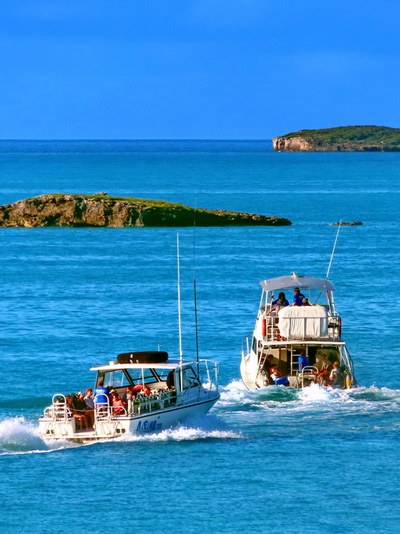
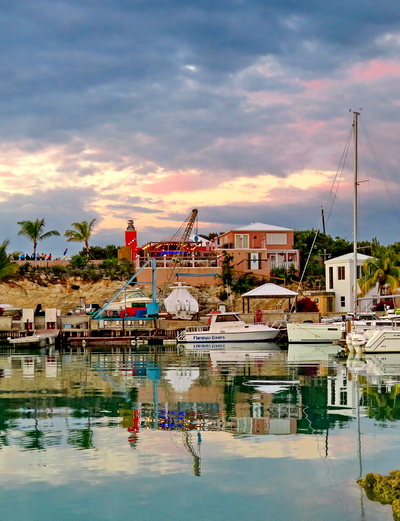
Grab your morning coffee and just walk to your dive boat in the mornings. Dive sites are about 40- 45 minutes away.
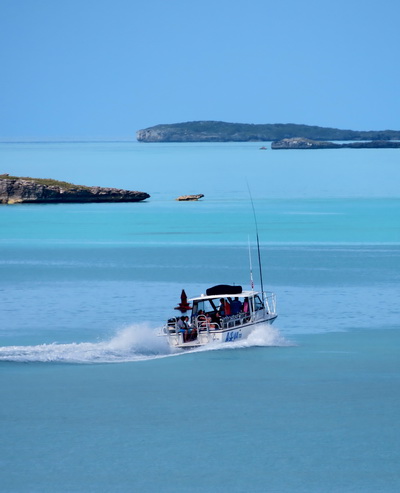
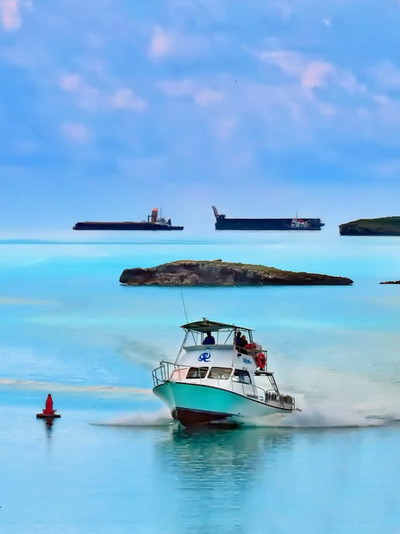
Malcolm Roads beach and the Northwest Point – these dive sites, are approximately a 40 minute boat ride from Harbour Club Marina. The wall starts at 35 feet and plunges to more than 3000 feet. Divers will see black coral, tube sponges and wire coral with abundant schools of fish.
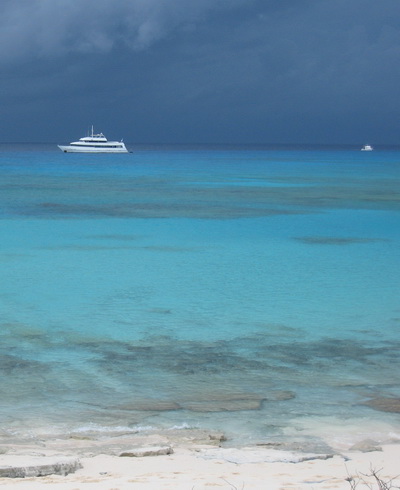
Great underwater photos are by Michael Morton.
Thanks Mike for the super photos!
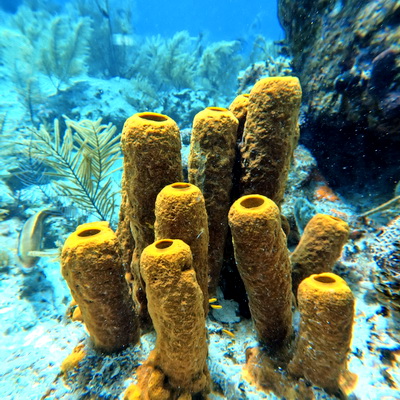
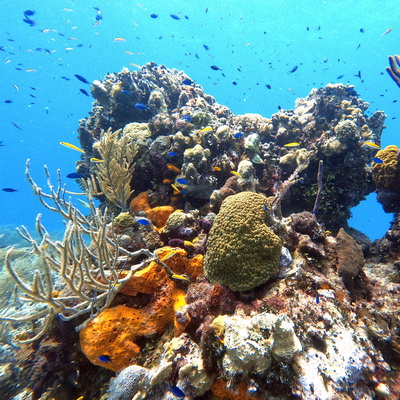
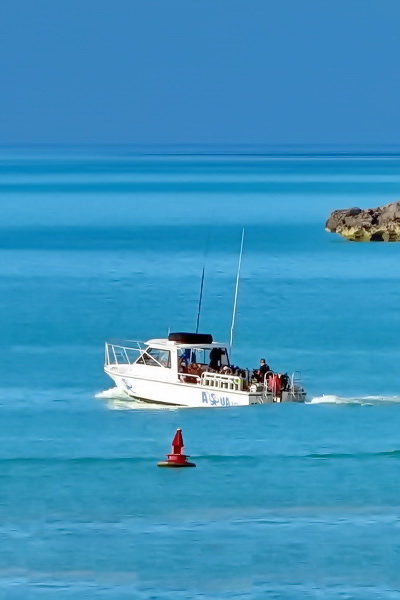
French Cay – is a tiny atoll about 15 miles due south of Providenciales and offers virtually no shelter from the seas so it simply has to be dived in good, calm weather. It is well worth the 50 minute boat ride with some of the best walls and reefs in the islands. It has two distinguishing features which make for great dives. First, the wall faces south and is usually well lit by the sun’s rays. Secondly, the top of the wall is relatively shallow at 40 feet and well covered with coral clumps rather than the sand bottom which is found on West Caicos sites.
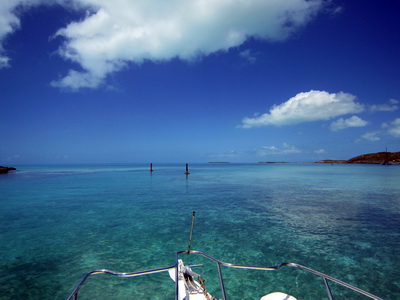
French Cay is protected and is an amazing bird sanctuary
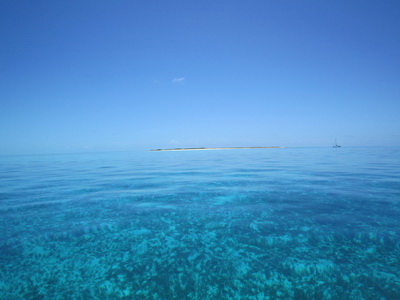
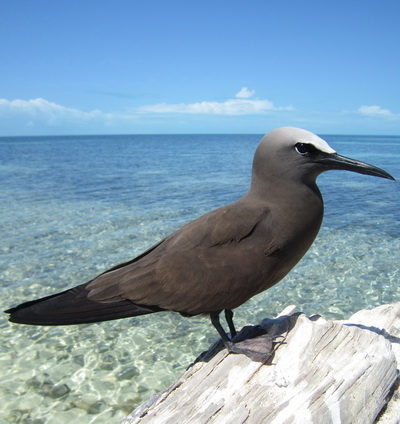
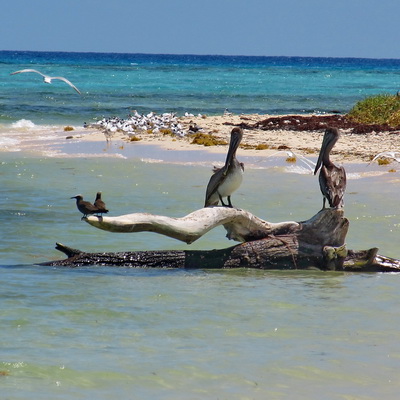
Sandbore Channel – Lying halfway between Providenciales and West Caicos, Sandbore Channel is outside the marine park and has some of the best diving with walls that are sloped or sheer. Good area to watch for for eagle rays, dolphins and sharks.
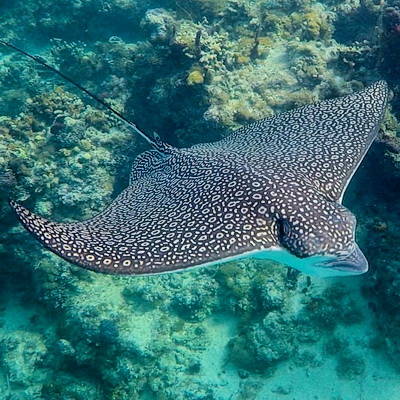
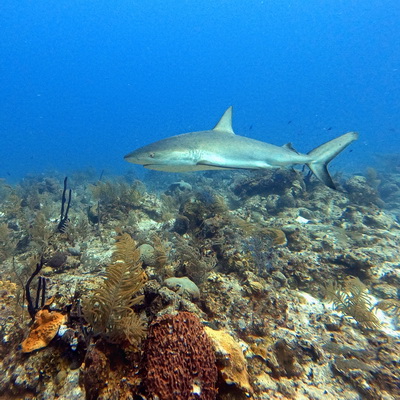
West Caicos – Located 10 miles southwest of Providenciales, West Caicos is an uninhabited island offering six miles of protected leeward side walls that are found about 100-150 yards from shore. The wall starts from 35-45 feet, dropping to approximately 6,000 feet and there’s more than 2 dozen dive sites. .Caribbean, black tip reef shark, and eagle rays are often seen along the sheer walls. This is your best chance to spot wild flamingos, osprey and brown pelican. West Caicos is approximately 45 minutes from our dock.
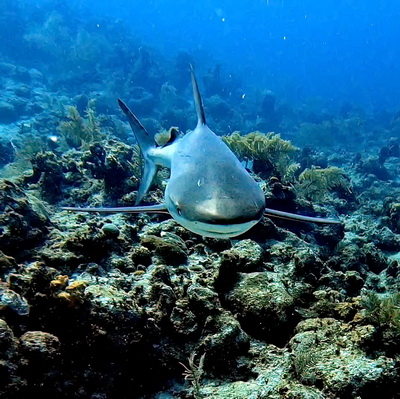
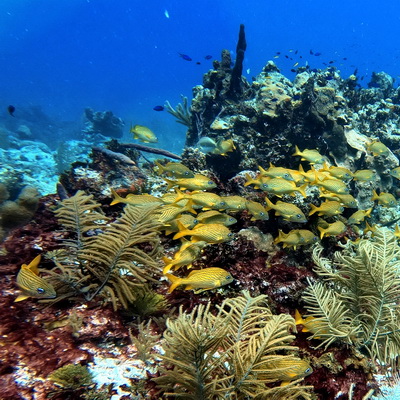
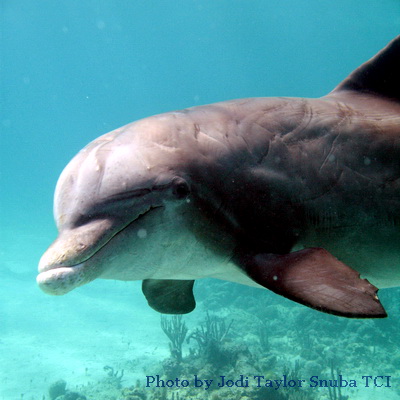
A little note for those who don’t dive. No need to be left behind as ‘Bubble watchers’ can come out with the divers on all the boats.
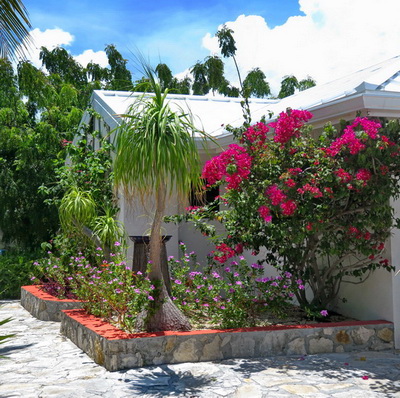
And so, when you are ready to plan that dive trip to the Turks and Caicos, give us a call or send us an email. We have most of the dive operators within walking distance of our villa accommodation. We can book everything for you and as you can see, we have the best dive operators right here. These dive operators all leave daily from close by Harbour Club’s Marina and head for Providenciales’ most spectacular diving – uninhabited West Caicos and French Cay, located on the edge of the Caicos banks where the wall drops to deep blue depths of 7000 feet.
Marta

